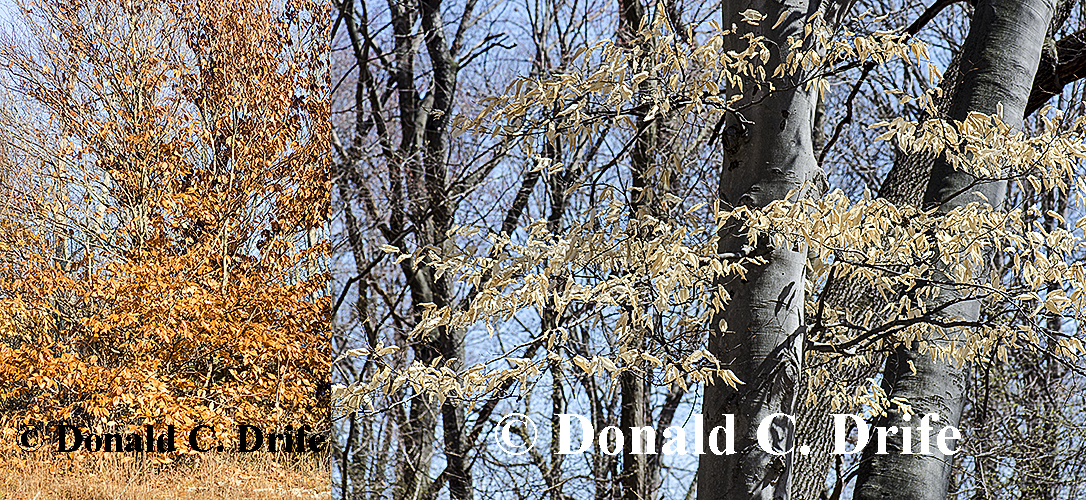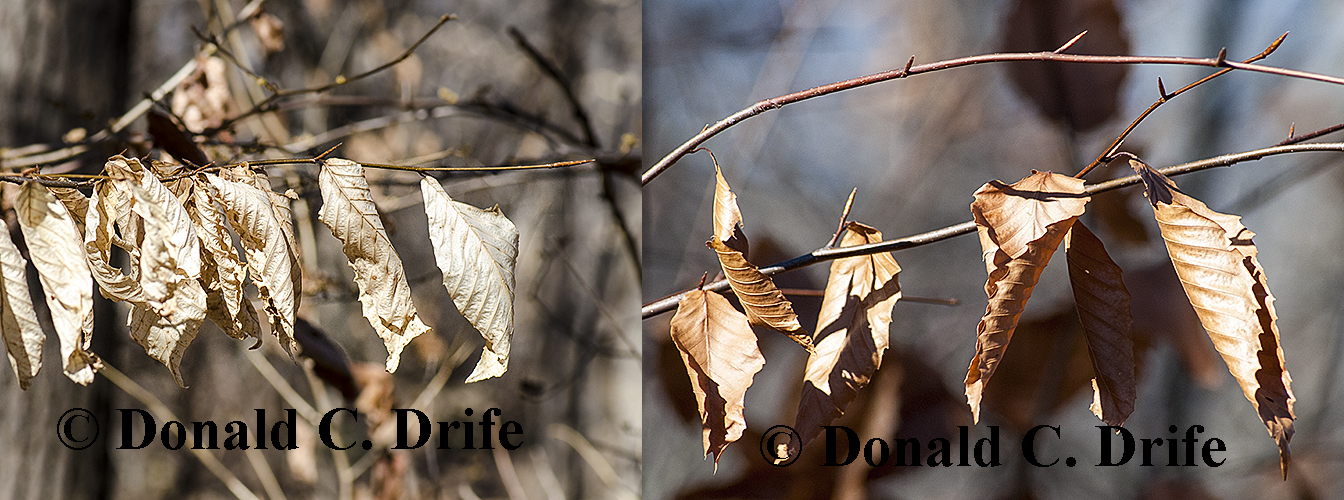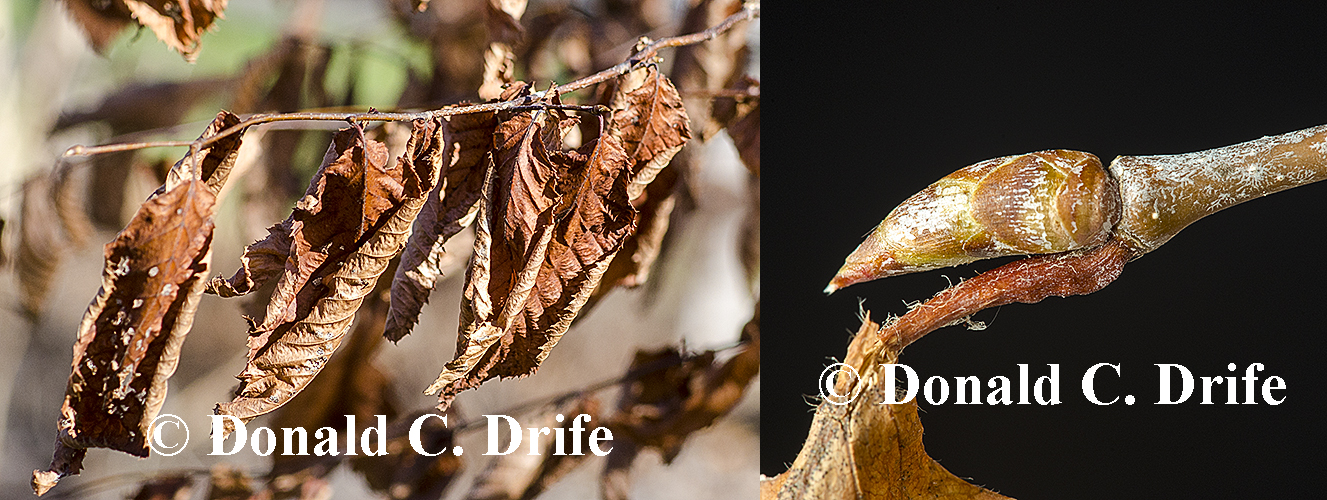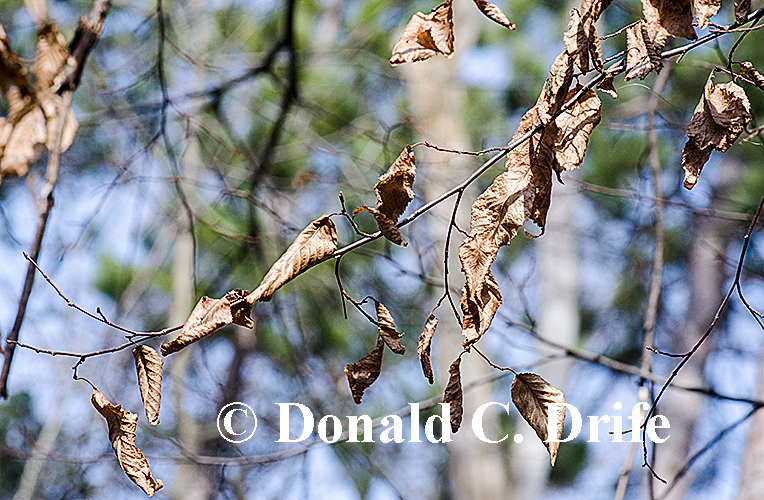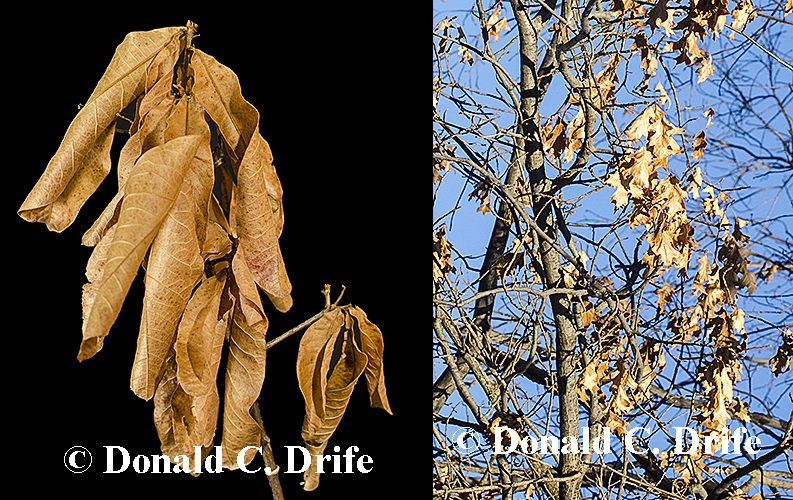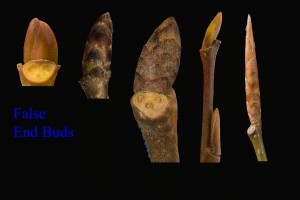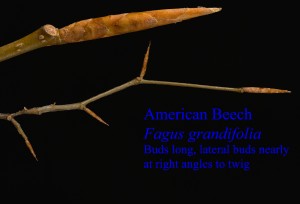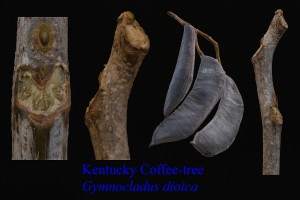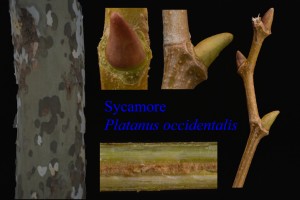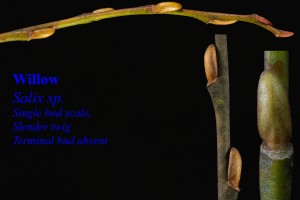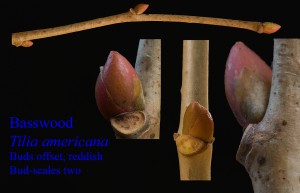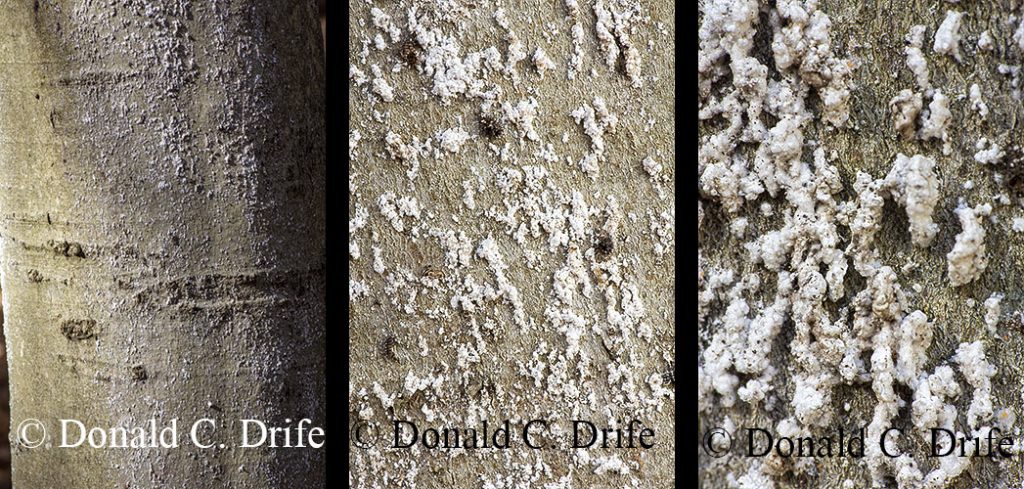
Beech Bark Disease was first recorded in Michigan in 2000. The first records came from Luce County in the eastern Upper Peninsula and Mason County in the Lower Peninsula. It has since spread through the central and eastern Upper Peninsula and the northwestern Lower Peninsula. My photos came from Hartwick Pines State Park. It is only a matter of time before it reaches the American Beech (Fagus grandifolia) stands in southeastern Michigan. It could spread there from northern Michigan, southern Ontario, or eastern Ohio.
Beech Bark Disease consists of two components: a scale insect and a fungus. First, the non-native sap feeding scale insect (Cryptococcus fagisuga) infests the tree. These insects feed through tiny holes penetrating the bark. Fungi in the genus Nectria enter through these wounds and they kill the cambium layer. If it infests enough area, it can girdle and kill the tree.
Three species of fungi can cause Beech Bark Disease. Nectria galligena is native and caused little damage to American Beech until this scale insect was imported. N. faginata and N. ochroleuca are non-native. Sometimes more than one species of Nectria is present. Note: some researchers place these fungi in the genus Neonectria.
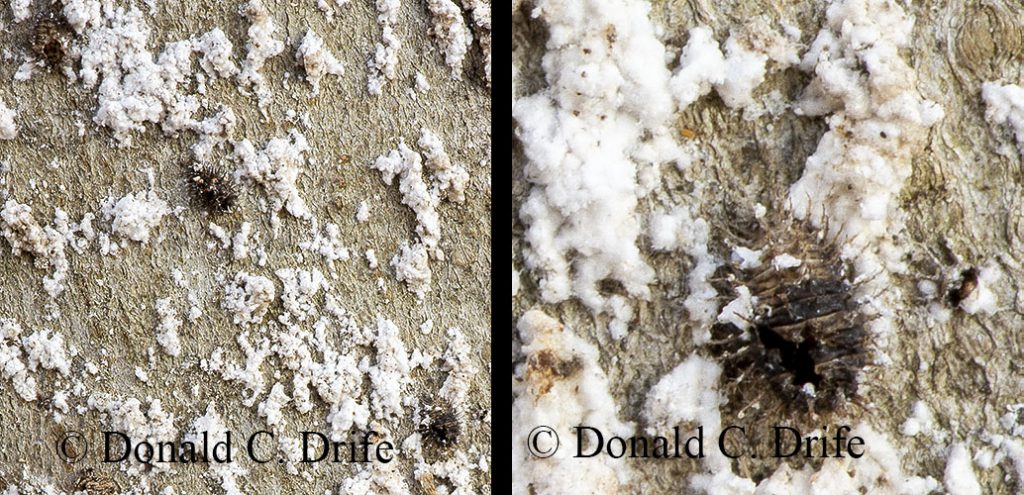
The scale insects produce a wooly white substance. The insect shells seen in my photos are not from the scale insects but are from some other insect that was possibly feeding on the scale. Several Ladybug species feed on the scale however they cause little harm to the overall scale population. Fruiting bodies from the fungi are seldom seen, but its presence is recognized by a decline in the overall health of the tree.
This disease should be watched for and if found reported to the Department of Natural Resources, Forest Health Division.
Copyright 2021 by Donald Drife
Webpage Michigan Nature Guy
Follow MichiganNatureGuy on Facebook

